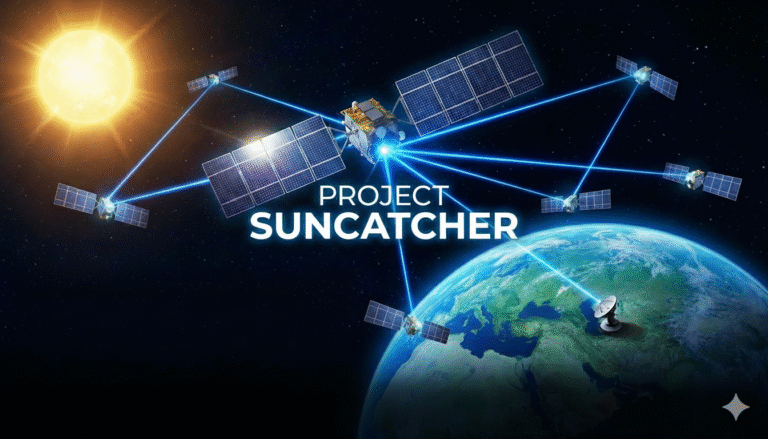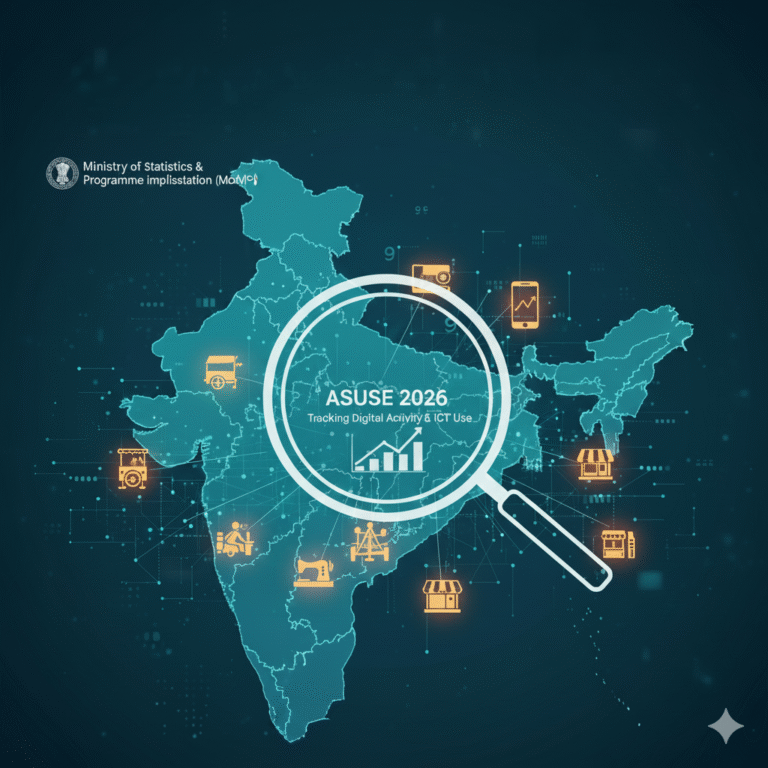Imagine holding a life-saving device in your pocket—one that can warn you of an impending earthquake seconds before disaster strikes, even if you live in a region with no specialized seismic infrastructure. Thanks to a pioneering system now active across nearly 2.5 billion Android devices worldwide, this vision is becoming reality. By transforming everyday smartphones into a distributed, real-time seismic network, Google’s Earthquake Alerts Project is redefining how humanity detects, tracks, and responds to natural hazards.
The Science: How Smartphones Detect Earthquakes
Crowd-sensing with Smartphones
At the heart of this innovation lies the humble accelerometer—a sensor found in every modern smartphone. Originally designed to orient screens and track activity, these tiny chips are also sensitive enough to register tiny, rapid ground motions known as P-waves, the first, less-destructive shockwave released by an earthquake.
How the System Works—in Seconds
- Detection: Each Android device in the network continuously (but efficiently) monitors for sudden ground acceleration patterns associated with seismic activity.
- Anonymized Reporting: If a device detects what could be a P-wave, it instantly and anonymously transmits a snippet of data (location, time, and acceleration signature) to Google’s secure servers.
- Verification through Swarm Intelligence: When dozens or hundreds of phones in the same region report similar tremors simultaneously, machine learning models confirm if an earthquake is underway, ignoring false positives triggered by drops, shakes, or other non-seismic movements.
- Decentralized Early Warning: Once verified, the system determines the likely epicenter and calculates how much time remains before the damaging secondary S-waves arrive. Android devices in the projected impact area receive push notifications seconds before shaking hits.
These precious seconds enable people to drop to safety, stop critical operations, or evacuate buildings—dramatically reducing injuries and saving lives.
Why Is This a Global Game-Changer?
1. Universal Coverage—No Specialized Hardware Needed
Traditional earthquake early-warning systems rely on vast networks of expensive, dedicated seismic stations—unfeasible for many developing or remote regions. In contrast, Google’s Android-based system leverages a pre-existing global distribution: everywhere there are people with smartphones, there’s potential coverage.
2. Real-Time and Scalable
The collective monitoring power of 2.5 billion Android devices brings near-instant, planet-spanning coverage. As more devices come online, the accuracy and reach of the network only improve.
3. Inclusive and Egalitarian
- No Infrastructure? No Problem: Now, earthquake early warnings reach rural villages, crowded cities, and remote islands—anywhere there are smartphones.
- Free for Everyone: Alerts are integrated into the Android operating system at no cost to users or national governments.
- Privacy Preserved: All data is anonymized and used exclusively for earthquake detection and warning.
Real-World Impact: How Lives Are Saved
Seconds That Make the Difference
- Hospitals: Staff can move patients to safety and pause sensitive procedures.
- Schools: Students duck under desks before the main shock hits.
- Critical Infrastructure: Operators can slow or halt trains, secure power plants, and stop elevators.
- Households: Children and families can seek cover, avoiding falling objects or collapsing structures.
Early Success Stories
Within months of rollout, users in places like California, Greece, Turkey, Haiti, and Indonesia have received reliable advance warnings—sometimes as much as 10–30 seconds before shaking, a potentially life-saving interval in major quakes.
Filling Gaps in Classic Systems
Many high-risk countries—particularly across South Asia, Africa, and parts of Latin America—lack dense seismic sensor coverage due to cost and geography. Smartphone-based alerts are now the only reliable early-warning system accessible in these areas.
Technology Behind the Network
Advanced AI and Low-Latency Cloud
- Machine Learning: Sophisticated algorithms filter real earthquakes from accidental smartphone drops or other noise.
- Edge Processing: Much of the detection logic runs locally on devices, minimizing bandwidth and battery impact.
- High Availability: The warning infrastructure is cloud-based, geographically distributed for robust uptime—even during disasters.
Energy Efficiency and Privacy
- The app leverages always-on, low-power detectors that only activate during high-probability events, ensuring minimal battery drain.
- No personal identifiers or audio recordings are processed, protecting user privacy.
Challenges and Next Horizons
False Positives and Trust
- Some users may receive warnings that ultimately prove to be unharmful tremors or “miss” minor quakes. Google regularly updates algorithms to increase precision, balancing caution with confidence.
Accessibility
- Not every phone in vulnerable regions is an Android, and not every phone is active or connected—but even limited coverage can give critical warning to reduce casualties.
Expanding Public Awareness
- Alerts are most valuable when users know how to respond. Ongoing efforts with governments, schools, and NGOs aim to educate the public about safety protocols, like “Drop, Cover, and Hold On.”
Future Possibilities: The Blueprint for Planet-Scale Early Warning
- Other Disasters: The same crowd-sourced sensing paradigm could evolve to warn about tsunamis, volcanoes, or even severe weather events.
- Data for Science: Anonymized earthquake data from billions of locations is a goldmine for seismologists, aiding research into fault lines and global seismic risk.
- Cross-Platform Expansion: While Android has the scale, ongoing efforts are exploring integrations with other devices and operating systems to ensure no one is left behind.
Key Elements of the Android Earthquake Early Warning System
| Feature | Conventional System | Smartphone Network Approach |
|---|---|---|
| Cost per sensor | High ($1,000s–$10,000s) | Near zero (built into phones) |
| Coverage | Limited to rich countries/cities | Global, wherever phones exist |
| Maintenance & upgrades | Frequent and costly | Automatic OTA software updates |
| Alert time (urban) | 2–10 seconds | 5–45 seconds (network-dependent) |
| Accessibility | Professional only | Every Android user |
Conclusion
What was once only possible for wealthy nations with massive infrastructure is now available to billions—thanks to the phones already in our hands and the power of AI. By transforming Android smartphones into the world’s largest seismic network, technology has leveled the playing field for disaster safety, offering life-saving seconds that were unimaginable just a decade ago. As more devices come online and the system evolves, a safer, more resilient world is only a tap—and a tremor—away.









+ There are no comments
Add yours